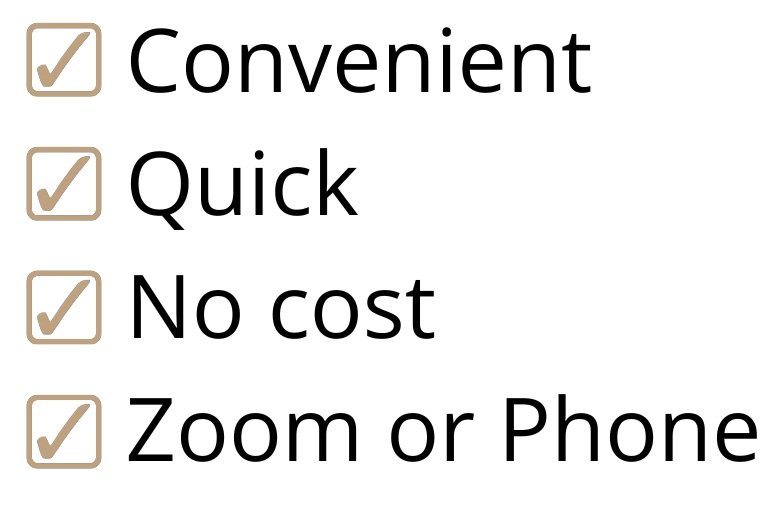Top 7 Misconceptions About Reverse Mortgages in Canada (Debunked!)
Hi, WealthTrack founder David Pipe here. Retirement should be a time of relaxation, financial security, and peace of mind. Yet, many Canadian homeowners aged 55 and older hesitate to consider reverse mortgages because of common misconceptions. Myths about losing your home, leaving debt to heirs, or facing exorbitant costs often discourage people from exploring this flexible financial tool.
The truth is, reverse mortgages can provide tax-free access to your home’s equity while allowing you to stay in your home. In this article, we’ll debunk the top seven misconceptions about reverse mortgages in Canada so you can make an informed decision for your retirement.
Interested in Building Wealth?
Reach out to WealthTrack today!
Misconception 1: “I’ll Lose My Home”
One of the most pervasive fears is that a reverse mortgage means giving up your home. This is simply not true. In Canada, reverse mortgages are non-recourse loans, meaning your home’s sale will repay the loan, but you or your heirs are not personally liable if the sale doesn’t cover the full balance.
Lifelong Occupancy: As long as you follow the terms—paying property taxes, insurance, and maintenance—you can remain in your home for life.
Financial Freedom: The reverse mortgage is designed to provide cash flow without forcing you to move or sell your property prematurely.
Misconception 2: “Reverse Mortgages Are Only for People Who Are Financially Struggling”
Many think reverse mortgages are a last resort for those in dire financial situations. In reality, they are a strategic financial planning tool.
Retirement Planning: Homeowners use reverse mortgages to supplement retirement income, fund healthcare costs, or support family members.
Smart Financial Management: Even homeowners with significant retirement savings may choose a reverse mortgage to improve cash flow without liquidating other investments.
Misconception 3: “My Heirs Will Be Left With Debt”
Another common fear is that heirs will inherit a mortgage balance after the homeowner passes away. This is false.
Non-Recourse Protection: The loan is tied to the home, not the individual. If the home’s value is less than the outstanding loan balance, heirs do not owe the difference.
Equity for Heirs: Any remaining home equity after the reverse mortgage is repaid goes directly to your heirs. For example, if your home is worth $600,000 and the reverse mortgage balance is $250,000, your heirs inherit $350,000.
Misconception 4: “A Reverse Mortgage Will Affect My Pension or Government Benefits”
Many retirees worry that tapping into home equity will reduce their Old Age Security (OAS) or Canada Pension Plan (CPP) benefits.
Tax-Free Withdrawals: Reverse mortgage funds are considered a loan, not income, so they are not taxable.
No Impact on Benefits: Because the money is a loan, it does not count as income and typically does not affect OAS or CPP eligibility.
Misconception 5: “Reverse Mortgages Are Extremely Expensive”
It’s true that reverse mortgages have fees and interest, but the overall cost is not prohibitive when compared to alternatives like HELOCs or cash-out refinancing.
Upfront Fees: These can include appraisal, legal, and administrative fees.
Interest Accrual: Interest compounds over time, but because there are no monthly payments, you have flexibility in cash flow management.
Value for Freedom: The convenience of not making monthly payments and staying in your home often outweighs the cost for many retirees.
Misconception 6: “I Can Only Receive a Lump Sum”
Some assume reverse mortgages provide cash only as a one-time lump sum. In fact, reverse mortgages are highly flexible:
Lump Sum: Receive a single payout to pay off debts, fund renovations, or invest.
Monthly Payments: Receive a predictable stream of income to cover living expenses.
Combination: Split funds between a lump sum and ongoing monthly payments, tailoring the mortgage to your financial needs.
This flexibility allows homeowners to plan retirement spending without sacrificing homeownership.
Misconception 7: “Reverse Mortgages Are Too Complicated to Understand”
Finally, many avoid reverse mortgages because they sound complex. With the right guidance, they are straightforward and manageable.
Professional Guidance: A licensed mortgage broker can explain every step, calculate how much equity you can access, and walk you through approval.
Transparent Terms: Canadian reverse mortgage providers clearly outline interest rates, fees, and repayment expectations, making the process easier than many expect.
Get Professional Advice

Hello, I’m David Pipe. At WealthTrack, we can help you reach your financial goals — book a free 15-minute call with us today to find out how to get started.

Conclusion
Reverse mortgages are a safe, flexible way for Canadian homeowners to access their home equity, improve cash flow, and enjoy retirement without selling their homes. The key to using a reverse mortgage successfully is understanding the facts and debunking common myths.
Key Takeaways:
You do not lose your home if terms are followed.
Reverse mortgages are a strategic financial tool, not just for those in need.
Heirs are protected from inheriting debt.
Tax-free withdrawals do not affect government benefits.
Costs are reasonable compared to alternatives.
Funds can be received as a lump sum, monthly income, or both.
With professional guidance, reverse mortgages are easy to understand.
By understanding these myths, retirees can make informed choices and unlock the financial flexibility they deserve.

